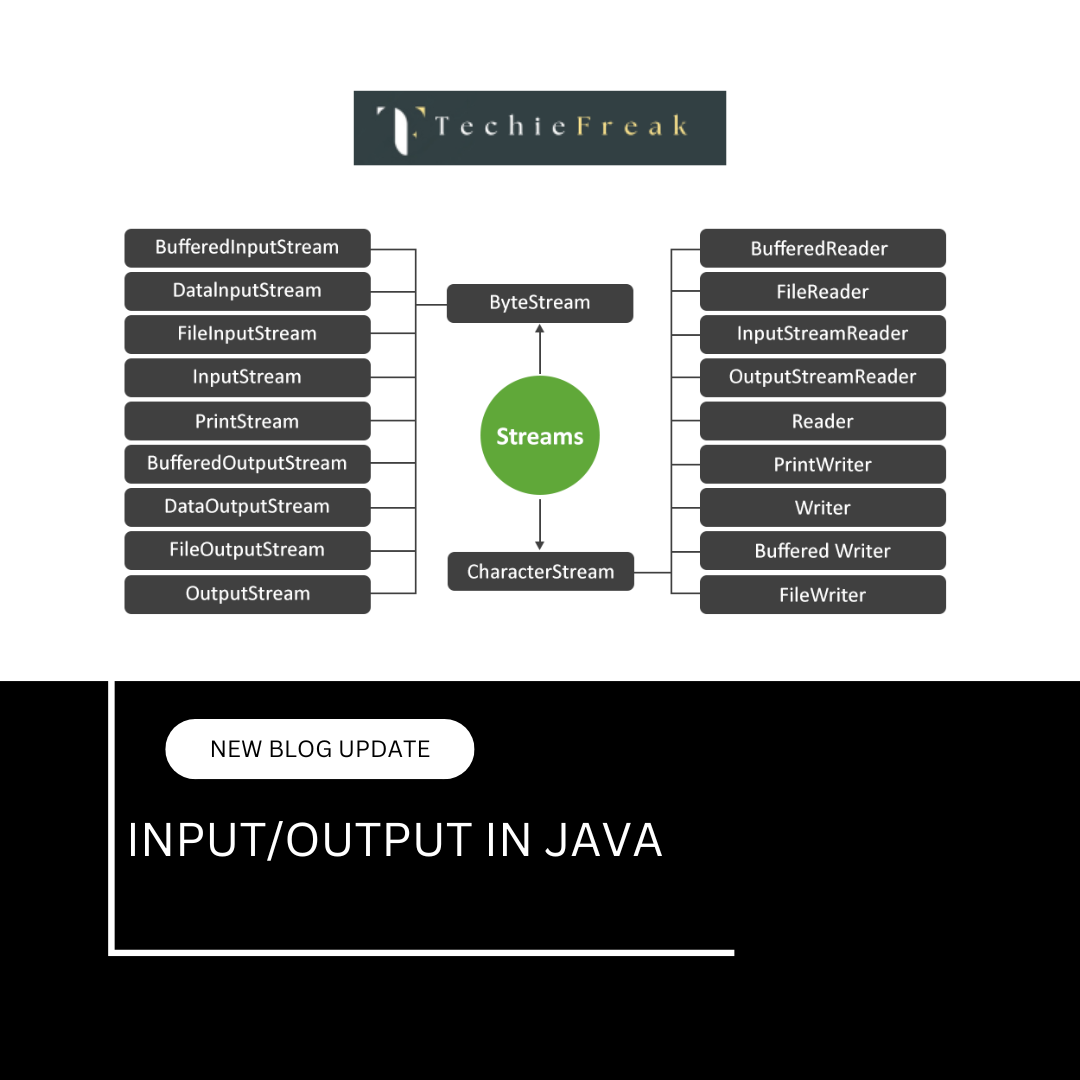Java Type Casting and Type Promotion
Type casting and type promotion are two essential concepts in Java that allow developers to convert one data type into another. These mechanisms are particularly useful when working with different data types in expressions or method calls.
Understanding how Java handles conversions helps you avoid unexpected results or errors. This guide will explain both concepts in depth, with examples, theory, rules, and common mistakes.
1. What is Type Casting in Java?
Type casting refers to converting a variable from one data type to another. In Java, this is mainly done between numeric types. Type casting allows you to force a value of one type into another.
Java supports two kinds of type casting:
- Widening (Implicit) Casting
- Narrowing (Explicit) Casting
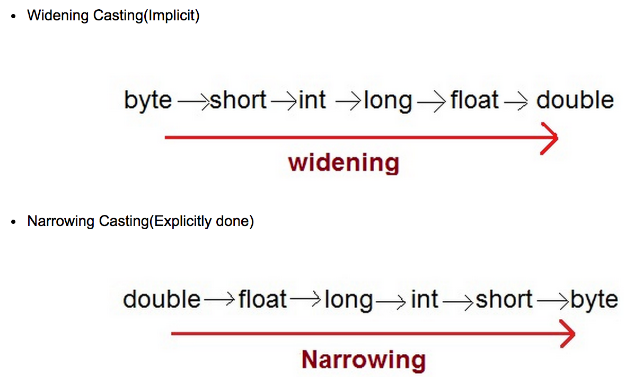
2. Widening Type Casting (Implicit Casting)
This occurs when a smaller data type is automatically converted into a larger data type. Since there is no risk of data loss, the compiler performs this casting automatically.
When to use:
- When converting smaller to larger data types (e.g., byte → short → int → long → float → double)
- When you want automatic compatibility and no risk of data lossThis happens automatically when a value of a smaller data type is assigned to a larger data type. No special syntax is needed because this conversion is safe and no data will be lost.
Hierarchy of Data Types (smallest to largest):
byte → short → int → long → float → double
Example:
public class WideningExample {
public static void main(String[] args) {
int num = 100;
long bigNum = num; // int to long
float decimal = bigNum; // long to float
System.out.println("Int: " + num);
System.out.println("Long: " + bigNum);
System.out.println("Float: " + decimal);
}
}
Output:
Int: 100
Long: 100
Float: 100.0
Why it's safe?
Because you're going from a smaller size container to a bigger one. There is enough space to accommodate the value without any loss.
3. Narrowing Type Casting (Explicit Casting)
This is required when a larger data type is converted into a smaller data type. Since there’s a possibility of data loss, the compiler forces the programmer to perform the conversion manually using a cast operator.
When to use:
- When converting from a larger to a smaller data type (e.g., double → float → long → int → short → byte)
- When you need to control how data is converted and are aware of potential truncation or overflow
Syntax:
type smallerType = (type) largerType;
Example:
public class NarrowingExample {
public static void main(String[] args) {
double pi = 3.14159;
int intPi = (int) pi; // Casting double to int
System.out.println("Double: " + pi);
System.out.println("Integer: " + intPi);
}
}
Output:
Double: 3.14159
Integer: 3
Notice how the fractional part is lost. That’s why it’s considered risky and must be done explicitly.
Another Example (Data loss):
int largeNumber = 130;
byte smallNumber = (byte) largeNumber;
System.out.println(smallNumber); // Output: -126 (due to overflow)
4. Type Promotion in Java
Type promotion occurs when Java automatically promotes smaller data types to larger ones during arithmetic operations or expression evaluations to prevent data loss and ensure accuracy.
Rules for Type Promotion:
- All byte, short, and char values are promoted to int during expression evaluation.
- If one operand is a long, the whole expression is promoted to long.
- If one operand is a float, the whole expression is promoted to float.
- If one operand is a double, the whole expression is promoted to double.
Example 1: Byte promotion to int
public class PromotionExample1 {
public static void main(String[] args) {
byte a = 10;
byte b = 20;
int result = a + b; // a and b are promoted to int
System.out.println(result); // Output: 30
}
}
Even though a and b are bytes, the result is promoted to int before addition.
Example 2: Mixed Data Types
public class PromotionExample2 {
public static void main(String[] args) {
int a = 5;
float b = 6.5f;
float result = a + b; // a promoted to float
System.out.println(result); // Output: 11.5
}
}
Example 3: Multiple Promotions
public class PromotionExample3 {
public static void main(String[] args) {
byte b = 42;
char c = 'A'; // Unicode 65
short s = 1024;
int i = 50000;
float f = 5.67f;
double d = 0.1234;
double result = (f * b) + (i / c) - (d * s);
System.out.println("Result: " + result);
}
}
Explanation:
- f * b promotes b to float
- i / c promotes c to int
- d * s promotes s to double
- Final result is promoted to double since one of the sub-results is double
5. Real-World Use Cases of Type Casting
- When storing a value returned by a method that returns a larger data type
- When interfacing with APIs that require specific types
- While working with mathematical libraries
- To ensure compatibility during calculations
6. Common Mistakes to Avoid
- Forgetting to cast manually when narrowing:
double pi = 3.14;
int num = pi; // ERROR: Incompatible types
Fix:
int num = (int) pi;
- Data loss during narrowing:
int big = 130;
byte small = (byte) big;
System.out.println(small); // Output: -126 due to overflow
- Assuming automatic promotion in variable assignments:
float f = 10.5; // ERROR: incompatible types (double to float)
Fix:
float f = 10.5f;
7. Summary Table
| Operation | Conversion Type | Safe? | Syntax Required? |
|---|---|---|---|
| byte → int | Widening | Yes | No |
| int → double | Widening | Yes | No |
| double → int | Narrowing | No | Yes (int) |
| long → short | Narrowing | No | Yes (short) |
8. Best Practices
- Use explicit casting carefully to avoid data loss.
- Prefer widening conversions where possible.
- Always test type conversions when dealing with critical numerical values.
- Understand how Java promotes data types during operations to prevent logical errors.
Conclusion
Type casting and promotion are key concepts that make Java flexible yet type-safe. Java automatically promotes data types during operations to ensure no data is lost unless explicitly told otherwise. Mastering these concepts will prepare you for writing efficient and error-free code, especially when working with mathematical, scientific, or data-processing applications.
Next Blog- Java Operators – A Complete Guide with Examples and Explanations




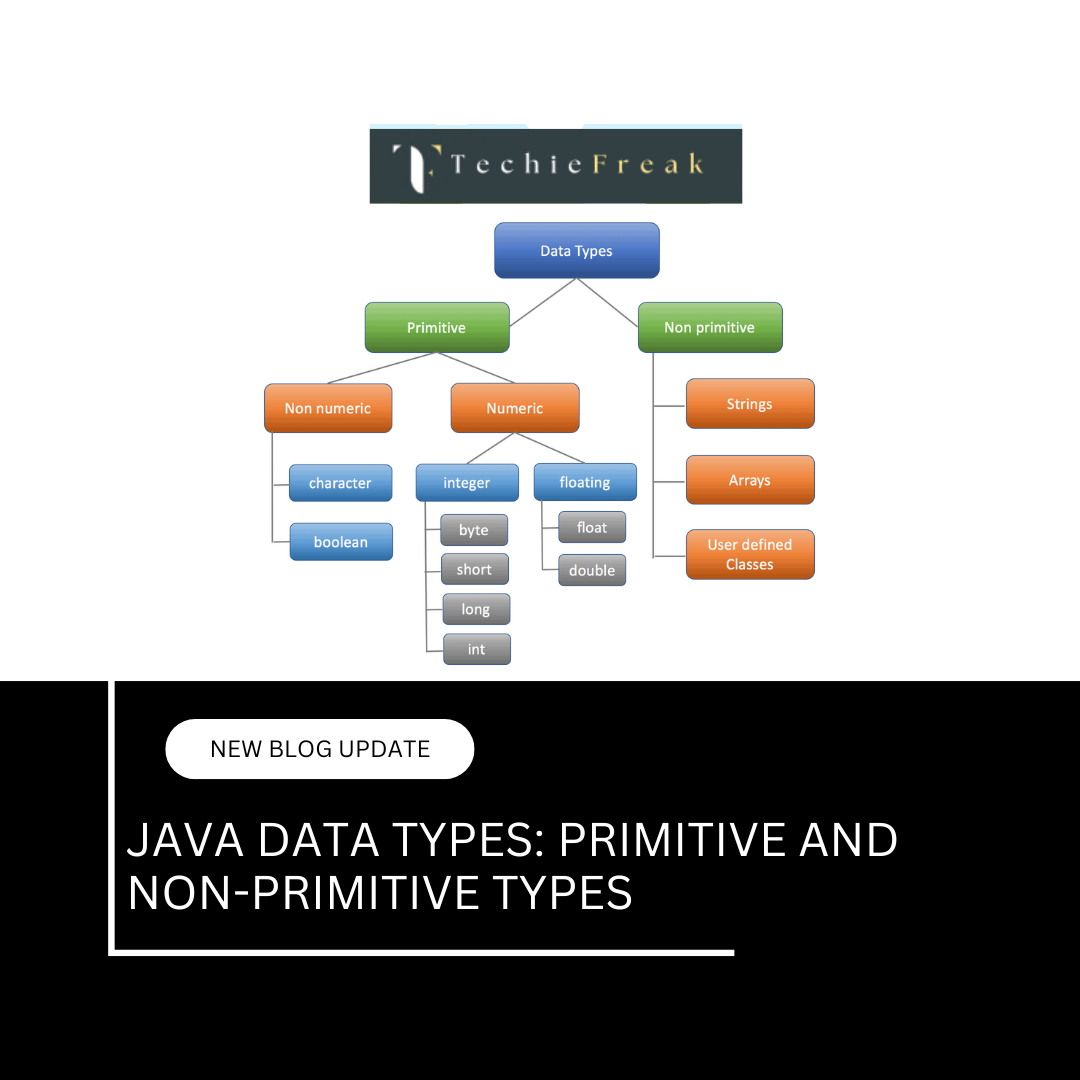


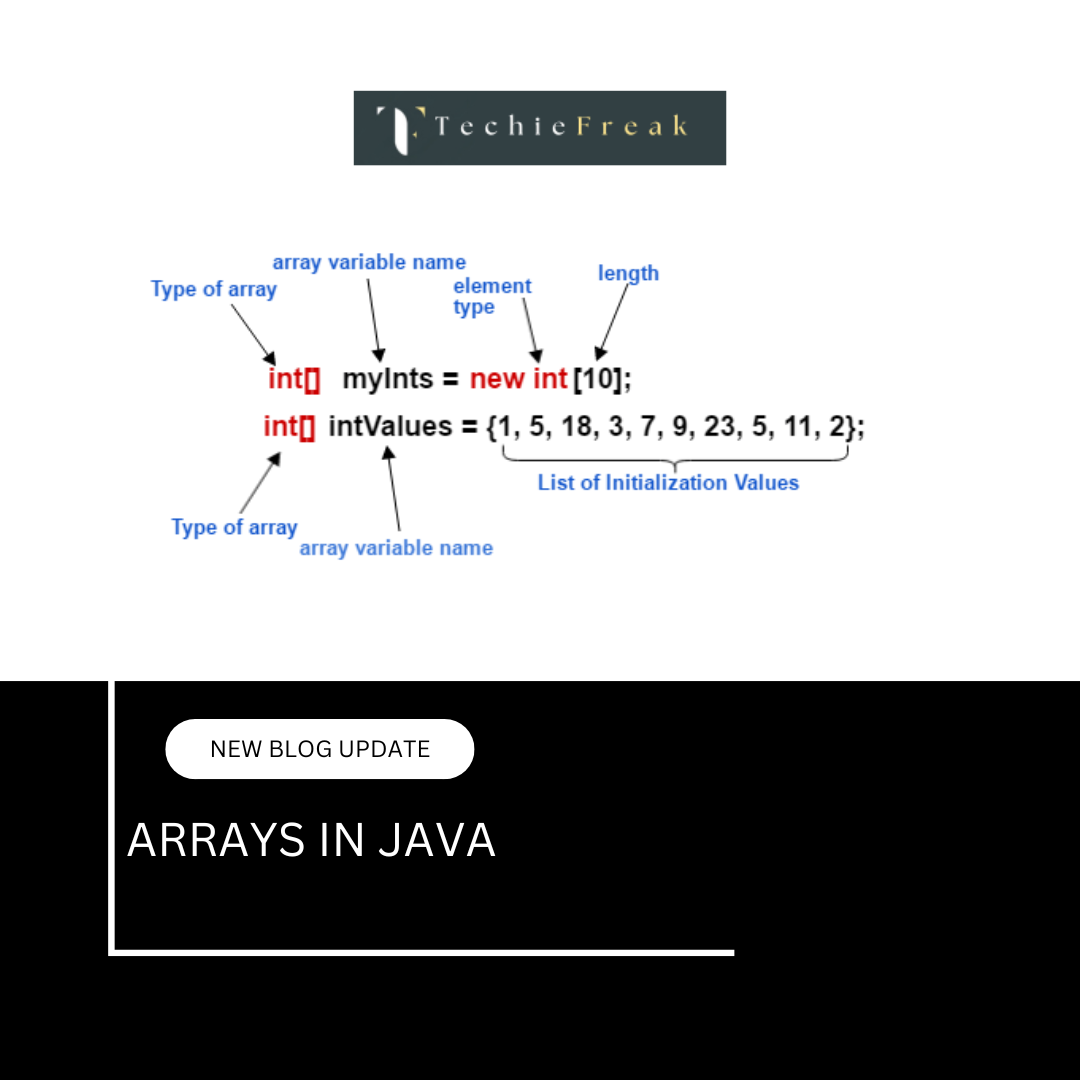
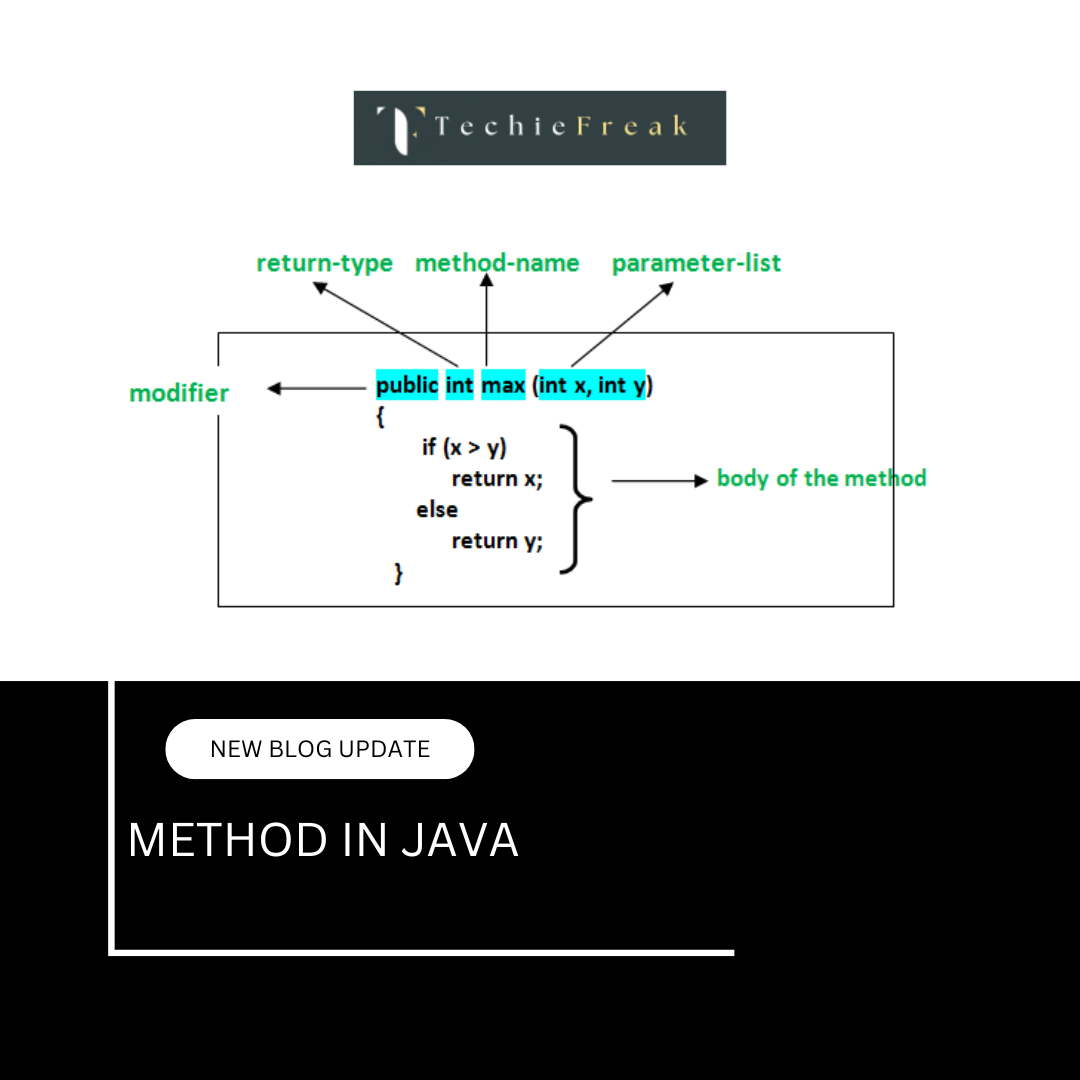
 Basics.png)

